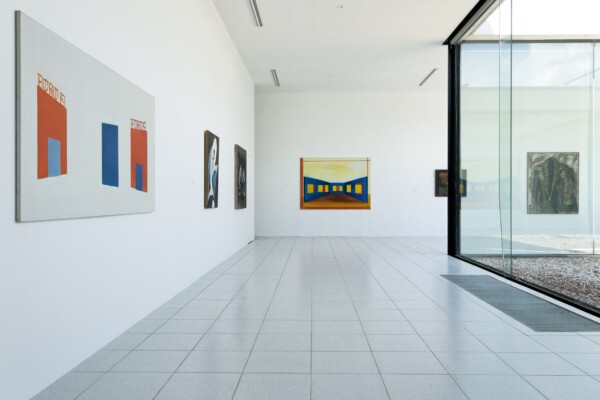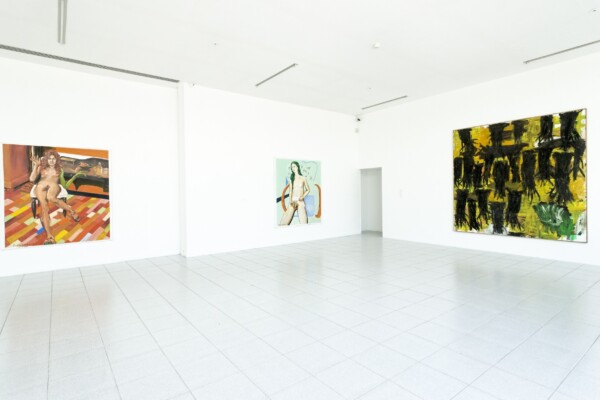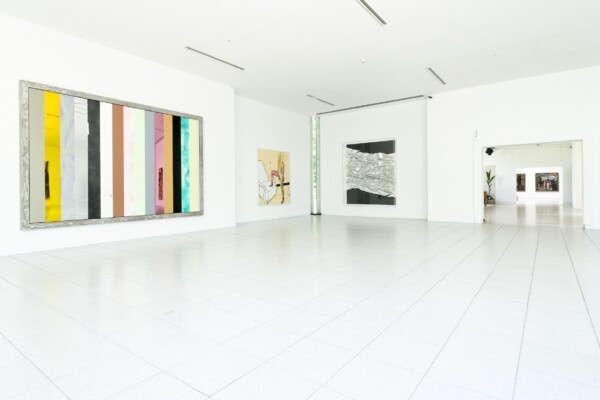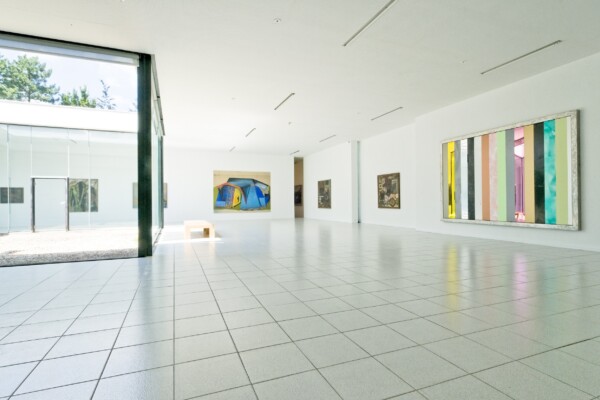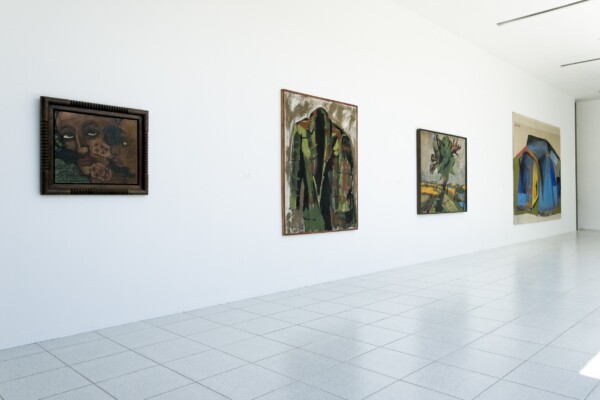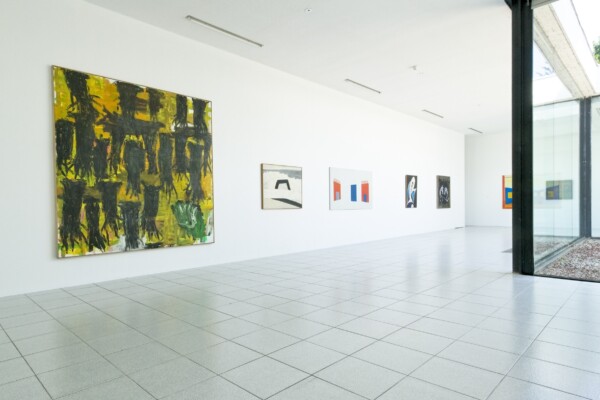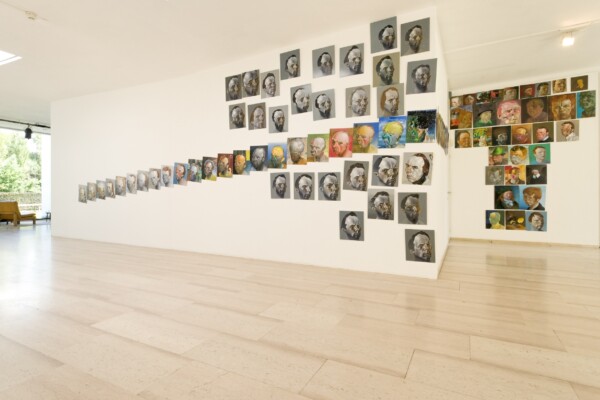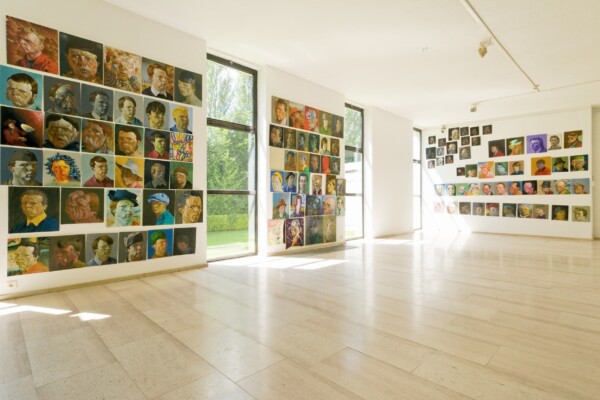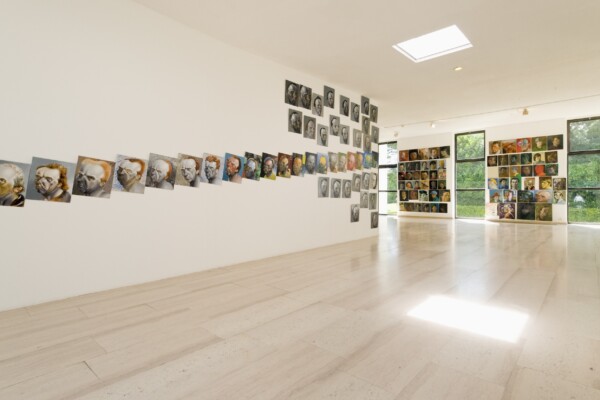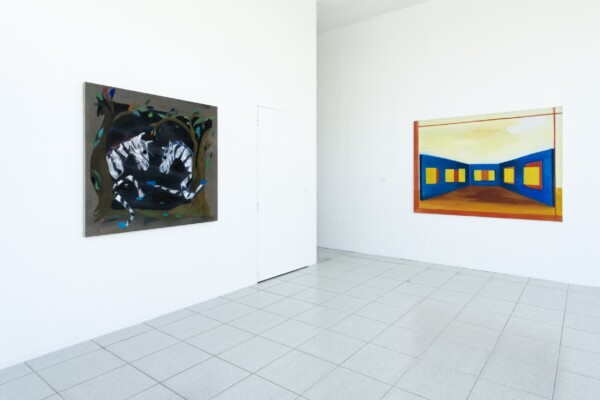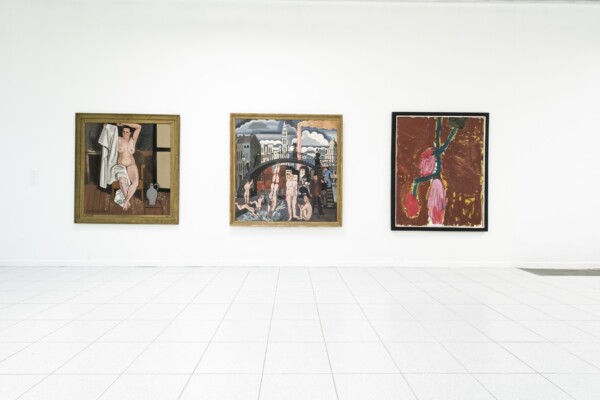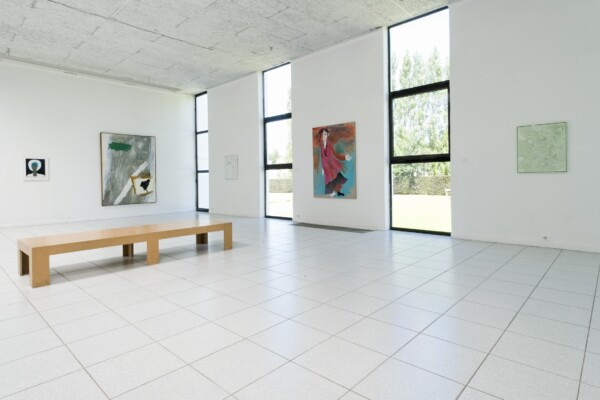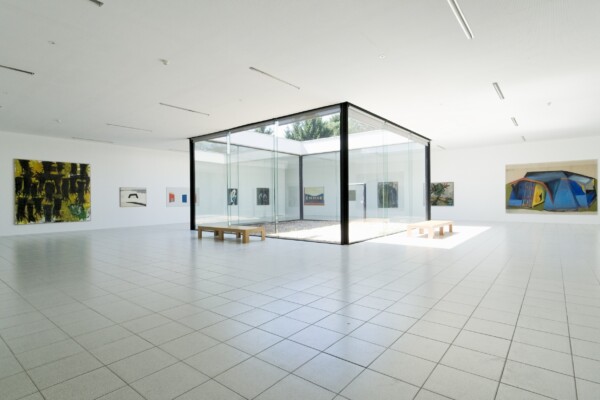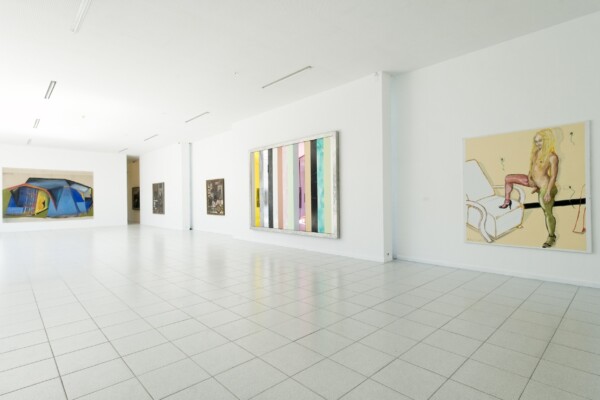1st Biennial of Painting
The profound admiration that Mr. and Mrs. Dhondt-Dhaenens held for the early twentieth-century Flemish painters led to the establishment of the museum bearing their name in Deurle. And what could better exemplify Roger Raveel’s deep passion for the noble art of painting than his own museum in Machelen-aan-de-Leie? Roger Raveel is not just a painter; he personifies the art of painting itself.
It is this boundless love of the founders for the art of painting that connects both institutions. From their enduring fascination with paint and canvas, the need arose to share their passion and keep it alive in our digital age. Therefore, the aim of this biennale is not to confront the most recent and trendy products of unrestrained artistic violence. Instead, it presents a subjective inquiry into various paths the art of painting has followed during the past hundred years.
The Joy of Looking
For the first edition of this biennale, we compiled a selection of works, not strictly based on a criterion that takes into account the subject represented. In each instance, the artist has chosen an arbitrary subject as an alibi for painting itself – the actual themes of these artists are form, color, texture, light and shadow, imagination, the evocation of various emotions, and the sensuality of the skin of paint. These artists are not iconoclasts; rather, they are true innovators. They attempt to inscribe themselves in the great tradition of painting and consider the past as a companion who escorts them on their quest for themselves. In the end, this is all about an open-minded approach to the medium, regardless of artistic trends.
The oldest works in this exhibition are from Lovis Corinth, Jean Brusselmans, Constant Permeke, and Francis Picabia. The most recent are from Laura Owens, Wilhelm Sasnal, Koen van den Broek, Jan Van Imschoot, and Anselm Reyle. Though chronologically the exhibition spans a long period, the number of artists is limited. We have deliberately chosen to present ensembles of artists to enable the public to sense how the artists think and to make it possible to grasp the subtle differences of their individual quests.
A special thanks to Roland Jooris, who in the first instance inspired this biennale.
